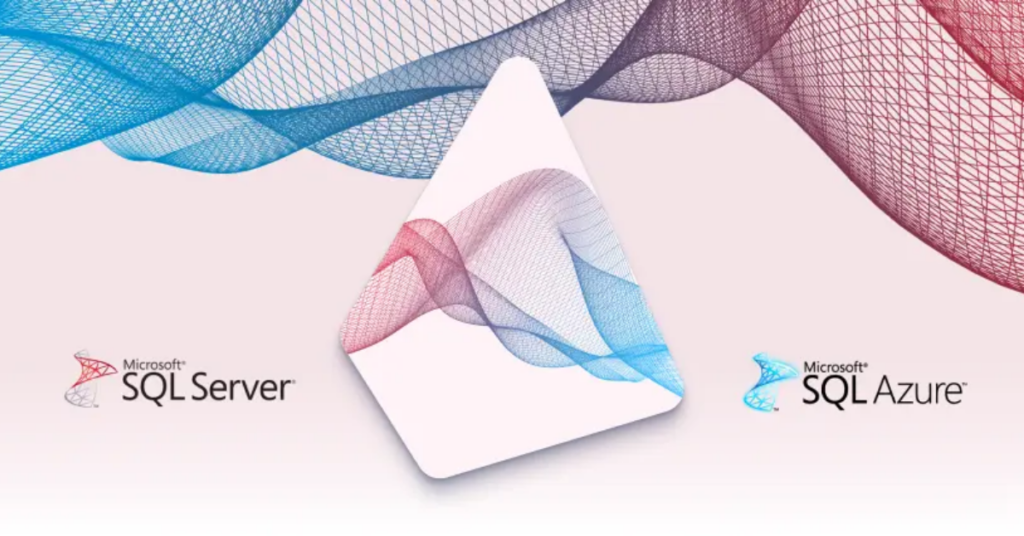In today’s fast-paced business landscape, the ability to make informed decisions based on data is no longer a luxury—it’s a necessity. For medium-sized enterprises looking to stay competitive and drive growth, leveraging the power of Python for data analysis and automation can be a game-changer. Let’s dive into how this versatile programming language can revolutionise your operations and propel your business forward.
Every business, regardless of its size or industry, generates vast amounts of data daily. From customer interactions and sales figures to operational metrics and financial data, this information holds the key to unlocking valuable insights. However, the real challenge lies in efficiently collecting, processing, and interpreting this data to extract actionable intelligence.
Enter Python: Your Data Analysis Powerhouse
Python has emerged as the go-to language for data analysis, and for good reason. Its simplicity, versatility, and robust ecosystem of libraries make it an ideal tool for businesses looking to harness the power of their data. Here’s how Python can transform your data analysis processes:
1. Streamlined Data Collection and Cleaning
One of the most time-consuming aspects of data analysis is the initial stage of collecting and cleaning data. Python’s libraries, such as Pandas, simplify this process by providing powerful tools for data manipulation. With just a few lines of code, you can import data from various sources, handle missing values, and transform your data into a usable format.
2. Advanced Data Visualisation
They say a picture is worth a thousand words, and this couldn’t be truer when it comes to data analysis. Python’s visualisation libraries, like Matplotlib and Seaborn, allow you to create compelling visual representations of your data. From simple bar charts to complex multi-dimensional plots, these tools help you communicate insights effectively across your organisation.
Predictive Analytics and Machine Learning
For businesses looking to take their data analysis to the next level, Python offers a gateway to advanced predictive analytics and machine learning. Libraries such as Scikit-learn and TensorFlow enable you to build sophisticated models that can forecast trends, detect anomalies, and make data-driven predictions.
Beyond data analysis, Python excels in automation, offering a powerful solution for streamlining repetitive tasks across various business functions. Here’s how automation can benefit your enterprise:
1. Time and Resource Optimisation
By automating routine tasks, your team can focus on higher-value activities that require human insight and creativity. This not only boosts productivity but also enhances job satisfaction by freeing employees from mundane, repetitive work.
2. Enhanced Accuracy and Consistency
Human error is inevitable, especially in tasks involving large volumes of data or repetitive processes. Automation through Python scripts ensures consistency and accuracy, reducing the risk of costly mistakes.
Practical Applications Across Business Units
As your business grows, so does the volume of data and the complexity of your operations. Python-based automation solutions can easily scale to meet increasing demands, ensuring your processes remain efficient as your enterprise expands.
The beauty of Python lies in its versatility. Let’s explore how different departments within your organisation can leverage Python to drive efficiency and innovation:
• Marketing: Automate social media posting, analyse campaign performance, and segment customers for targeted marketing efforts.
• Sales: Predict sales trends, automate lead scoring, and generate personalised sales reports.
• Finance: Streamline financial reporting, automate invoice processing, and conduct risk analysis.
• Operations: Optimise inventory management, automate supply chain processes, and analyse operational efficiency metrics.
• Human Resources: Automate resume screening, analyse employee performance data, and predict turnover rates.
Getting Started with Python
Incorporating Python into your business operations doesn’t have to be overwhelming. Start small by identifying a specific process or analysis that could benefit from automation or deeper insights. As your team becomes more comfortable with the language and its capabilities, you can gradually expand its use across different departments and functions.
Invest in training for your team or consider partnering with data science consultants who can help you implement Python solutions tailored to your business needs. Remember, the goal is not just to adopt new technology, but to create a data-driven culture that permeates every aspect of your organisation.
In conclusion, Python offers medium-sized enterprises a powerful toolkit for unlocking the full potential of their data. By embracing this technology, you’re not just optimising your current operations—you’re positioning your business for long-term success in an increasingly data-driven world. The insights you gain and the efficiencies you create will give you a competitive edge, allowing you to make smarter decisions, respond more quickly to market changes, and ultimately drive your business forward. Don’t let your data go to waste—harness the power of Python and transform it into your most valuable asset.




